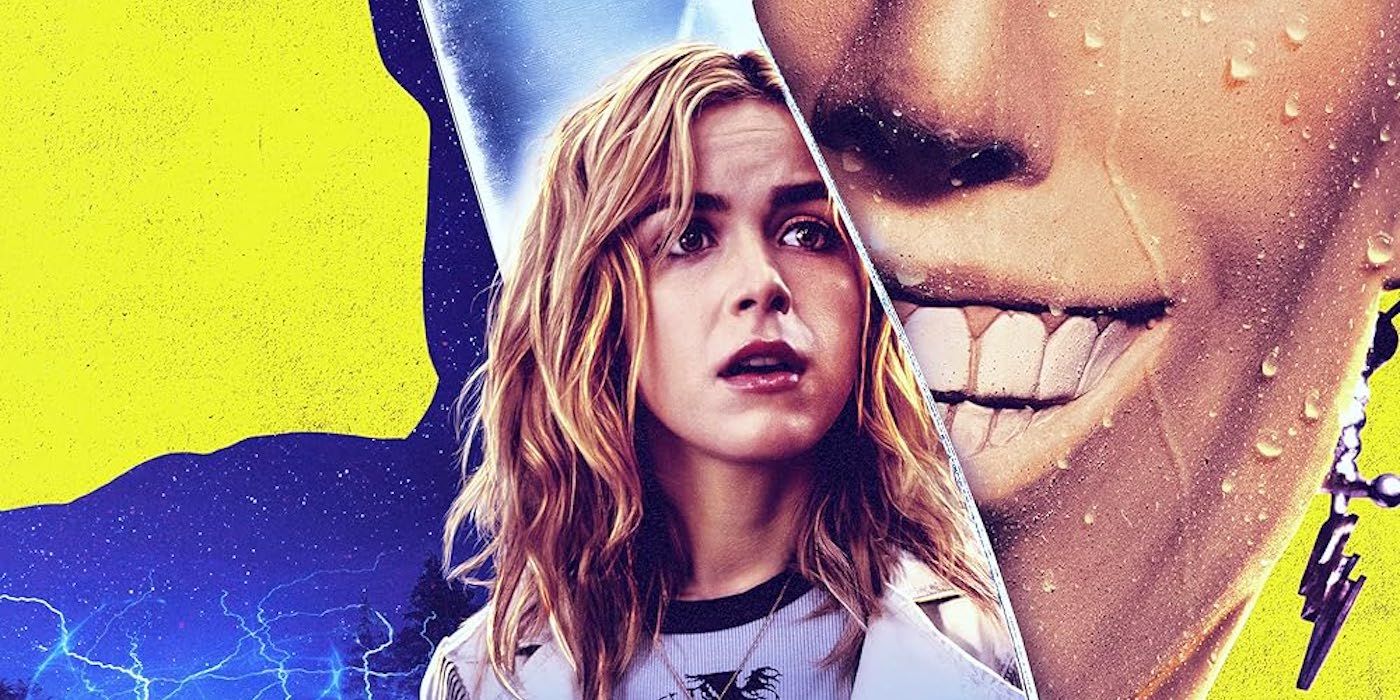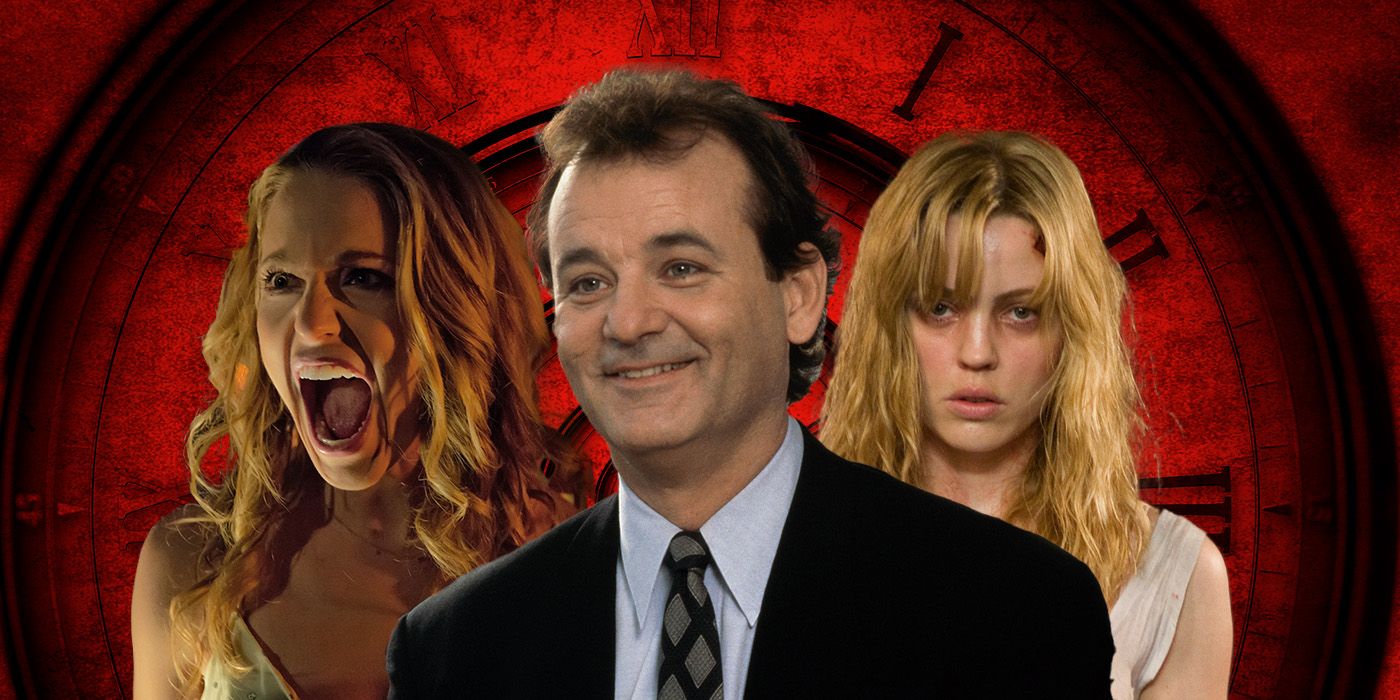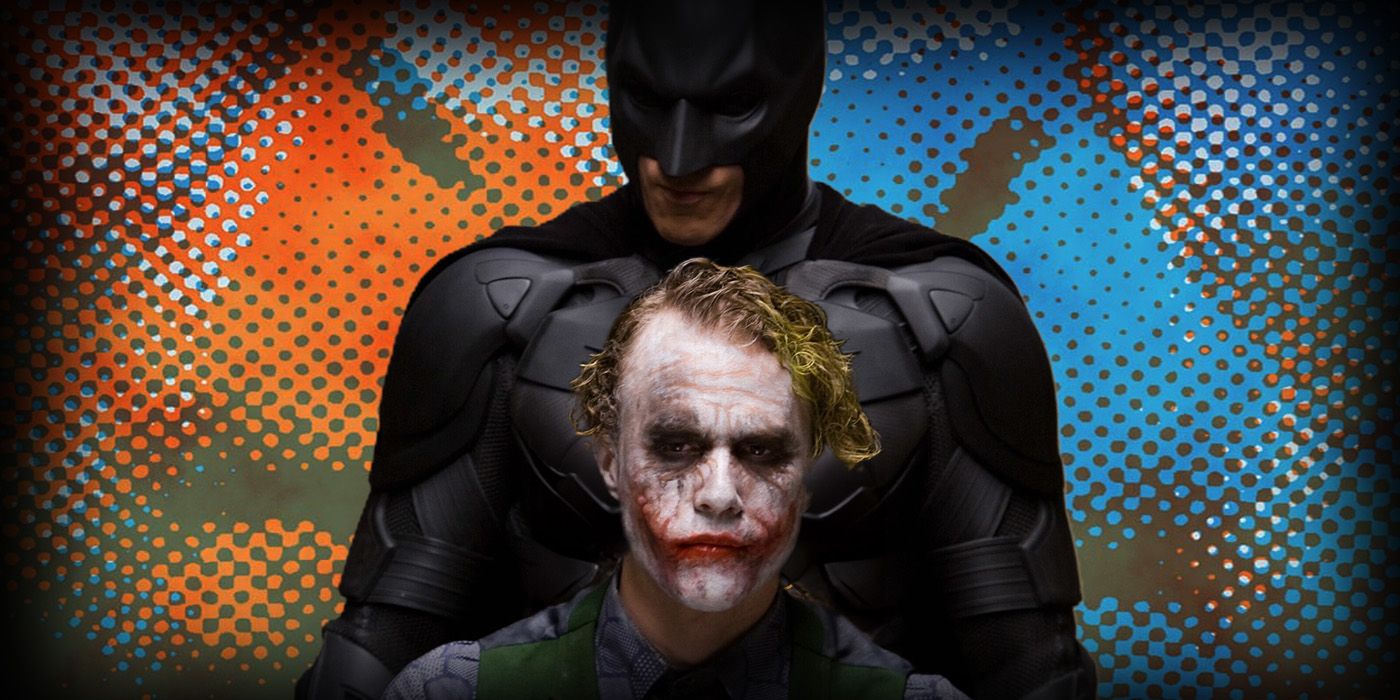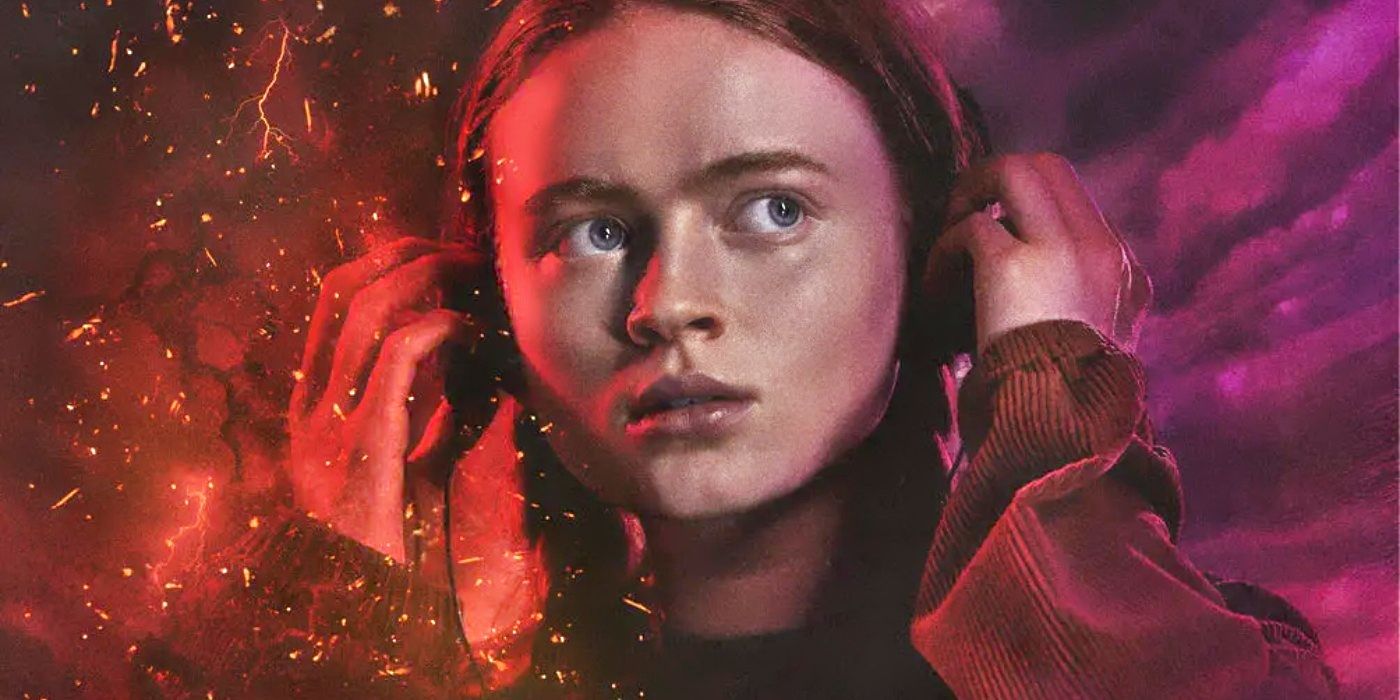The Big Picture
- Time loops offer comfort and hope in horror movies, allowing characters to relive and re-strategize their approach.
- Comedic horror films like Happy Death Day and The Final Girls use time loops to invent new ways to cheat death, offering satisfying endings.
- In films like Triangle and In the Tall Grass, time loops can strip away comfort and be twisted into a more sinister form, providing a complex form of hope.
With humble beginnings in a 1933 feature film, Turn Back the Clock, the time loop trope found its fame in the renowned movie, Groundhog Day. Filmmakers very quickly realized that its potential spread far beyond being used for just a few laughs and character development, and began tapping into its agonizing repetitive nature that could mimic purgatory. The time loop trope pairs perfectly with the horror genre, as characters are usually trapped alongside the impending death that will restart their cycle. Yet despite the torment it causes, time loops are actually one of the more comforting tropes of the genre. It directly alleviates the fear associated with making the right choice and the idea of rectifying past mistakes by allowing characters to relive and re-strategize the way they approach things.
In more comedic horror films, like Happy Death Day and The Final Girls, the cycle encourages characters to invent new and creative ways to cheat death, offering them and us hope of a satisfying ending. Happy Death Day in particular involves a whodunit aspect that makes the repeating timeline more interesting as we search for clues. This is revitalized in the more time loop adjacent trope in the recent film, Totally Killer, which relies on time travel to unmask a killer. On the other hand, comfort can be completely stripped or even just twisted into a more sinister form in films like Triangle and In the Tall Grass. In the horror genre, comfort is at the crux of the time loop trope and can be manipulated by the film’s approach to device, proving just how versatile time loops really are.
The Time Loop Trope Can Make Horror Movies Wholesome
Director Christopher Landon’s Happy Death Day is one of the most overt examples of a time loop in a horror comedy, where protagonist and final girl Tree (Jessica Rothe) is forced to relive the day she gets murdered in not one movie, but in two. Like Groundhog Day, her character arc involves becoming just a generally nicer person while being surrounded by comedic moments. However, unlike Groundhog Day, Tree’s days always end with a painful death dished out by a baby-masked killer. Although Tree is tormented to some degree and is determined to unmask her killer, the film’s light-hearted approach to the storyline allows us to derive some comfort in knowing that she will wake up the next day. Rothe’s grumbling lines and sarcastic attitude also adds to this effect — not to mention her on-screen chemistry with Israel Broussard as Carter that distracts us from the frustrating cycle. Landon essentially manages to find the precarious balance of eerie frights to remind us of the horrifying inevitability of murder and the languid humor that makes us comfortable.
Happy Death Day 2U however, goes an extra mile and forces Tree to face her mother in an alternate timeline where she was still alive. Similarly, in The Final Girls, protagonist Max (Taissa Farmiga) is also forced to deal with her grief over losing her mother (Malin Akerman) while being stuck in her mother’s hit 80s slasher flick. As each final girl tries to return to their timeline/reality, they quite literally have to say goodbye to their mothers and accept their deaths. As heart-breaking as it is, these films offer a more wrought sense of comfort, propagating the idea of tearing yourself out of the grief cycle and moving on. Despite being campy slasher flicks, these films encapsulate the grand oxymoron of time loops: there may be comfort and hope in knowing what will transpire, so they avoid the fear of the unknown, but the only way to flee the claustrophobic déjà vu is to embrace the unknown.

‘Totally Killer’ Review: Kiernan Shipka’s Final Girl Triumphs
Blumhouse’s latest slasher is like, wicked cool.
The Comfort of Time Loops Inspires Modern Horror Movies
Although the time loop trope is more famously associated with a film that was released 30 years ago, it still inspires horror films today. 2023’s Totally Killer may not have explicitly used the trope, but its time travel aspects are reminiscent of time loop meets Back to the Future. It also stays on par with the trend seen in The Final Girls and Happy Death Day 2U: comedy, a slasher flick and a final girl grieving for her deceased mother. But like in Happy Death Day, it is the whodunit plot that shines through in this time-bending sub-genre.
In typical whodunits, we carefully pick up clues alongside the protagonist or detective until the final reveal that drops our jaws. But when you mix in a time loop, you get to witness everything that could go wrong first. In Happy Death Day, we watch Tree slowly rearrange the puzzle of her killer’s identity as each cycle renews, with the clairvoyant-like structure giving the whodunit plot a refreshing take. On the other hand, Totally Killer uses two distinct timelines that will eventually loop into one another to reveal the killer. As such, although Jamie (Kieman Shipka) cannot rely on an endless cycle like Tree does, she is armed with knowledge of what will transpire in order to be at the right place at the right time. By basing its premise on one aspect of this trope, Totally Killer exhibits how versatile and relevant time loops still are today.
‘Triangle’ and ‘In The Tall Grass’ Strips Time Loops of Their Comfort
While the second chance nature of time loops is horror’s most comforting trope, In The Tall Grass strips away any solace we can find in it, even with its “happy” ending. This film features one of the most poignant sacrifices that was necessary to navigate the maze of the tall grass and prevent the cycle from recurring. As the film’s most likable character, when Travis (Harrison Gilbertson) decides to trap himself in the field, so his partner won’t enter, we don’t know whether to applaud his courage or mourn his bittersweet demise. In this case, we can only derive comfort from the cycle ending, and even that feels unnerving.
However, it is Triangle’s approach to the time loop that provides the most twisted and complex form of hope. In this highly underrated thriller, single-mother Jess (Melissa George) is stuck in a time loop on a massive boat where all her friends get picked off one by one. As the cycle renews, we quickly realize she’s the killer and are faced with one of the most brutal time loop scenes in a corner filled with multiple versions of her friend’s corpse. Instead of being comforted by the clairvoyance of the time loop like in other films, there is something more distinctly sinister and damning in director Christopher Smith’s depiction of the cycle. The only real sense of comfort and hope we gain is only at the end of the film — where Jamie voluntarily re-enters the hellscape to see her son alive. It is only at this point we realize that Jamie was haunted by her son’s death as she walked down the pier in the beginning of the film and that it wasn’t just a case of over-dramatized acting on George’s behalf.
Smith’s approach to the trope was truly a stroke of genius, and he pushed the boundaries of what hope and comfort can look like in a time loop. As such, while the time loop does construct its own version of hell, there is no denying that it does bring solace to most characters and to us, whether that be in a light-hearted or in a macabre way.



